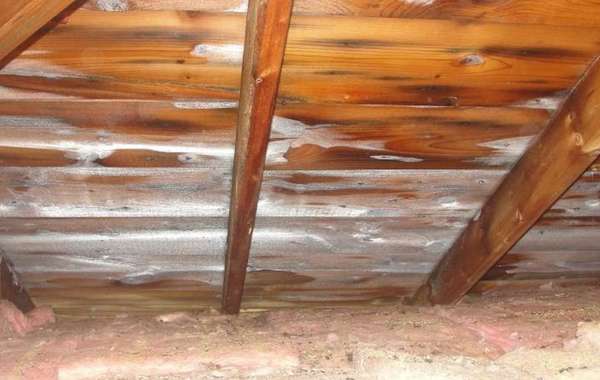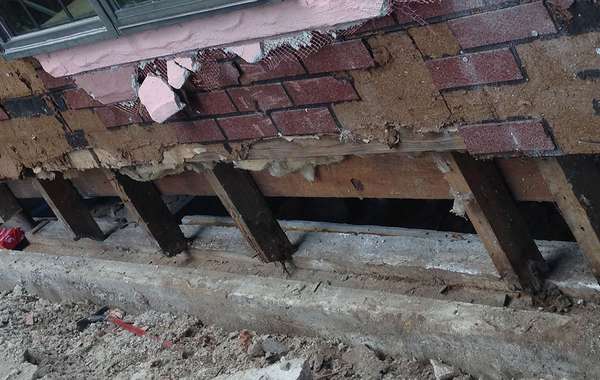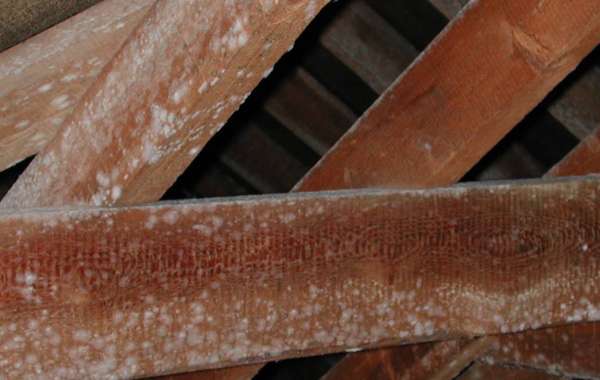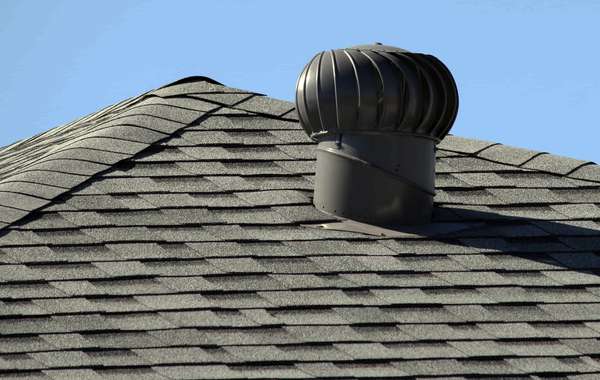Why do I have condensation on my ceiling and how do I fix it?
My house was insulated in 1984 and when built, the construction company ran the batts across the stud wall and into the soffit, so no soffit air would enter the roof cavity. I removed the batts from the soffit, including the portion over the exterior stud wall when I installed larger soffit vents to ventilate the roof cavity. I now get condensation inside along the roof where the corner of the ceiling wall and interior wall line meet the which I suspect is due to the cold air penetrating at the roof line.
Can I solve thiis but reinstalling batts over the stud wall line when I replace my soffit? I plan to open up the entire length of the soffit (likely aluminum installation) and use the full vent soffit panels for the entire length of the roof so that I can maximize airflow from the soffit towards the apex of my roof. I'll open up all the roof joist cavities when I do this so that air will upflow for the entire length of the room instead of adjacent to the soffit vents that I installed when I first corrected this problem. So far it has worked well as my outside temp and attic temp differential averages 22F, every summer. Thanks.




























It sounds to me like the condensation on your ceiling is likely a thermal bridging issue. When you had insulation batts covering the soffit it would have insulated the top plate of the framing (so no condensation), but it would have also cut off air flow to the attic in the process, which means moisture can build up. Neither situation is good, so you need to find a solution to both. Do you have a really low roof pitch without much of an overhang? That type of roof design often leads to just such problems in cold climates as there isn’t a lot of room for insulation as well as ventilation. Here are two pages that spell out each problem, have a read and see if they answer your questions –
Condensation on walls and windows – why it happens and how to fix it
Why roofs need to be ventilated and how to ventilate a roof properly
Those two pages should help you sort a solution, but the short story is – you need ventilation in your attic to remove moisture or frost will form in winter, which will cause moisture damage when it melts in the spring. And to prevent condensation from forming you need to prevent thermal bridging at the top of your wall, which means adequate insulation.
We realize it’s a fine balance and there might not be much room to work with, so sometimes if there isn’t enough room for roof insulation baffles for venting while ensuring it’s insulated you may need to move to spray foam. Look those pages over so we are on the same page and we can work from there to find a solution.
Also, let us know what climate zone you are in.
CHI, believe zone 5. Plan to replace batts over stud wall from soffit side and place full width baffles over the insulation so baffle holds the insulation in place creating double thermal barrier and leaving most of soffit open to promote max air flow to vent attic. Plan is to replace wood soffit and spaced vented screens with continuous max soffit vent to promote max air flow. Pitch of room and volume of insulation within attic is too much to do this job from inside. Thx, will read wat you sent too.
Hope it helps Bruce. It sounds like you understand what went wrong and how to fix it.
Update Jan 2022 / opened soffits and replaced missing insulation over the stud wall and placed a rafter vent between each truss on both sides of the house which solved the problem. Zero condensation now at temps of -10F.
Great stuff Bruce, glad to hear it worked out!